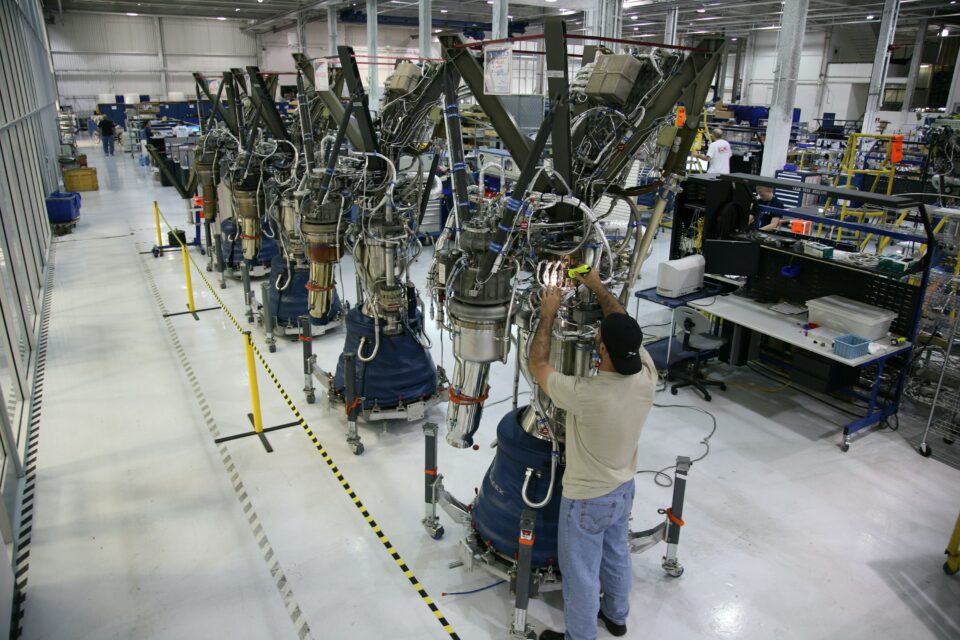At a time where the sector of industry is in a complete reinvention, the transition toward an automotive industry with low carbon footprint is a major stake. The problematics and the potential solutions are being more and more referred in this domain.
The current situation of the Automotive Industry and the opportunities and axis of transformation
These recent years, the objectives delivered by France in terms of reduction of carbon footprint have been proven well below the previsions. Indeed, the decrease of these emissions should reach 40% by 2030 but when seeing the actual rhythm, if the Government wants to reach this goal, it will be necessary to double the effort of reduction of these footprints. It is, essential to find new solutions adapted to answer these challenges, all the more that this sector is the only one to know a permanent rise of carbon footprints since 1990. Moreover, the regulatory restrictions concerning new vehicles add a difficulty to the sector.
Despite those restrictions constraints and the limitation in terms of resources, it is possible to harness new opportunities and implement new transformation levers in the automotive industry. Actually, the technology progress, notably the numeric emergence, the modification of mode of consumption, the requirements and expectations of new generations, offers new promising runway to progress towards the objectives fixed by France. It is important to take into account these previous examples to reorientate the industry into the right direction.

Some associations works on this question of transition towards low carbon in France. The Shift Project who bent over this question, wrote a report developing several axis and possibilities of transformations referred by the PTEF (in French: Plan de Transformation de l’Economie Française). From this plan, 3 axis are proposed for the decarbonation of the automotive sector:
The reduction of carbon footprint of vehicles out of their use phase
The reduction of the carbon footprint goes by the quantity of material used for the fabrication of a vehicle. One of the ideas from the PTEF is the relief of new vehicles. It would also be interesting to have a compulsory display of the carbon footprint during the making and with it, an indication of the origins of the car.
The development, the production and the diffusion in big series of sober and low carbon vehicles in France
About the second axis, except the relief of cars, we must take into account other levers such as aerodynamism, the control of equipment which consume energy for instance. It could also be interesting to put in place incentives devices with a bonus system or specifics helps.
The support and the harness of opportunities linked to the evolutions of the use of the automotive parcs
According to the PTEF, from now on to 2050, the French automotive parc will be a lot different from the one of nowadays even tho, we can already see today some modifications in the making. Indeed, public transports, bicycles, trains,… are a lot more used and will be even more in 2050 which will lead to an important decrease of the use of new vehicles. This change of mobility will create so, new serious opportunities in the development of new way of transportation (two electric wheels for instance) but also for the employment in France with the increase of the demand of labour force on the road mobility sector.
In short, despite some late improvement on some objectives, France is not missing of opportunities on the automotive sector and those ones could allow to re-launch an economy with also an employment market in growth.








